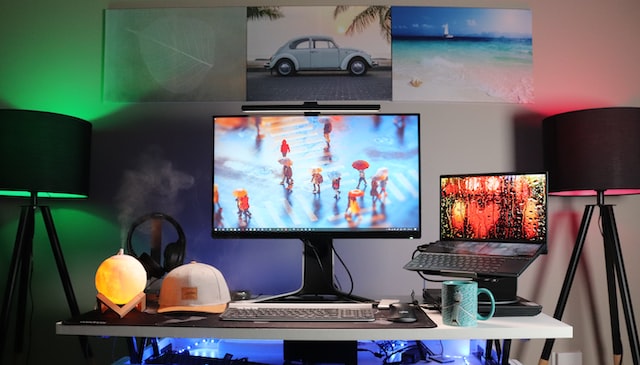In the world of arts and entertainment, there’s a popular saying that goes “behind every great artist is a great programmer.” While this might sound like a trivial statement, it has a lot of truth to it. In fact, many experts believe that the arts and programming go hand-in-hand. Here are just a few reasons why.
For starters, both arts and programming require a great deal of creativity. To be a successful programmer, you need to be able to think outside the box and come up with innovative solutions to problems. Likewise, great artists are also highly creative, always coming up with new ideas for their work.
Secondly, both arts and programming require a high level of attention to detail. As a programmer, you need to be able to spot errors and bugs in your code and fix them. Similarly, artists need to have a keen eye for detail in order to create their masterpieces.
Lastly, both arts and programming require a lot of patience. Creating domypapers review of art or a piece of software can often be a long and tedious process, requiring hours, days, or even weeks of work. Those who are successful in either field are usually the ones who are able to stick with it and see their projects through to the end.
So next time you’re feeling down about your programming skills, remember that you might just have what it takes to be a great artist too. And vice versa! Who knows, you might just find that the two fields are more similar than you thought.
Both arts and programming involve creativity and problem-solving
In both fields, you need to be able to think outside the box to come up with new ideas and solutions.
Programming is a great way to exercise your creativity. You can use code to create anything you can imagine, from simple websites to complex applications. And, like any art form, the more you practice, the better you’ll get.
If you’re looking for a creative outlet, or just want to learn something new, give programming a try. You might be surprised at how much you top programming help services.
Arts can help children learn to express themselves, while programming can teach them how to think logically
Each can complement the other in interesting ways.
For example, a child who is interested in fashion design may enjoy using a computer program to create their own designs. Or a musician can use music composition software to experiment with different sounds and rhythms.
In addition, both arts and programming can help children develop problem-solving skills. For example, a child who is struggling to complete a painting may have to figure out how to add the missing piece. Or a child who is trying to program a robot to move in a certain way may need to debug their code to find the error.
So, whether your child is interested in the arts or in programming, encouraging them to pursue both can help them develop a variety of skills that will be useful in their future.
Arts and programming both require patience and perseverance
So, if you’re planning on becoming a programmer, you’ll need to be comfortable with sitting in front of a computer for long periods of time. And, if you want to be a successful artist, you’ll need to be comfortable with putting in the hours to perfect your craft. The good news is, once you find your passion in either field, the hard work will be worth it. So, if you’re feeling stuck in your current career, don’t be afraid to switch gears and try something new. Who knows, you may just find your calling.
Programming can be used to create artwork, and vice versa
It’s a way to make your own images, animations, and even games. And if you’re good at it, you can sell your creations online.
But programming isn’t just for making art. You can also use it to create useful tools and applications. For example, you can use code to make a website more interactive or to automate tasks.
So, whether you’re interested in the arts or in practical applications, programming is a great skill to learn. And, who knows, you might just find that you’re good at both.
The two disciplines can complement each other in the classroom and beyond
By understanding how the two disciplines work together, educators can create opportunities for students to learn from both fields.
When it comes to teaching, there is no one size fits all approach. Every student learns differently, and every teacher has their own unique style. However, when it comes to teaching science and math, there are some similarities. Both disciplines require a lot of critical thinking and problem solving.
One way that the two disciplines can complement each other is by using real-world examples. For example, if a student is having trouble understanding a concept in math, the teacher can use a real-world scenario to help explain it. The same goes for science. If a student is having trouble understanding a concept in science, the teacher can use a real-world example to help explain it.
Another way that the two disciplines can complement each other is by using technology. Technology can be used to create simulations and models that can help students understand difficult concepts. Additionally, there are now many online resources that can be used to supplement instruction in both science and math.
Ultimately, the goal is to provide students with a well-rounded education that will prepare them for success in the real world. By understanding how the two disciplines work together, educators can create opportunities for students to learn from both fields.
